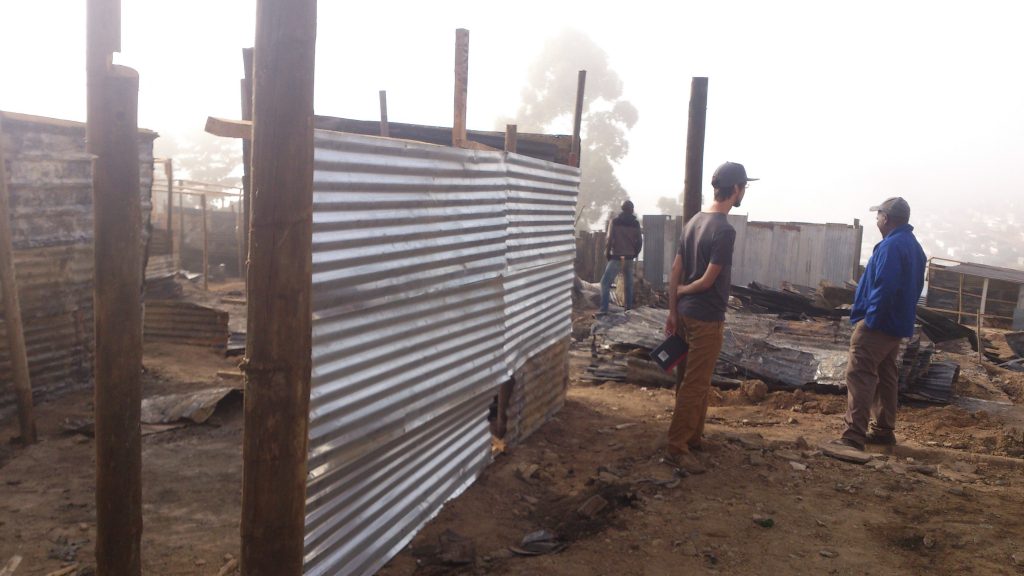Laurin Baumgardt is a first year PhD student in Anthropology. His prospective PhD research centers on questions of urban innovation, humanitarian design, and urban planning strategies. The research will be based on fieldwork in urban South Africa, in which issues of inequality, race, and social change are widely and publicly discussed. Laurin’s research interests and focus on South Africa began with his Master’s research. It investigated people’s future projections and aspirations in light of particular infrastructural conditions and assemblages. Of particularly fascination to him was the co-occurrence of the constant deterioration of basic services in conjunction with non-governmental attempts to research and upgrade infrastructure. In 2016, Laurin briefly worked on a non-governmental solar-panel project in a semi-urban informal settlement in the Cape Town region. This project gravitated around the idea of providing sustainable energy for people while they were waiting for a more reliable grid-connection to be provided by the government. Laurin lived in South Africa for a year in order to pursue additional graduate studies at Stellenbosch University, for which the German Academic Exchange Service DAAD awarded him funding.
In his PhD research, Laurin proposes to analyze the lived experiences of experts such as government planners, engineers and employees of private and non-governmental design agencies. These experts and employees have become involved in the life of infrastructure and play a great part in the story of how hopes, fears, innovation, violence, and future aspirations were and are inscribed into and mediated by particular infrastructures and built environments. Laurin hopes to carry out new fieldwork and in-depth interviews in Johannesburg and Cape Town. His conceptual focus will be on “design” and its valued norms of future making, innovation, functionality, and creativity as “design” has come to be a powerful political driving force that is adapted by policy makers, planners and governments. New design solutions and innovative approaches are promoted by governments in order to disguise, speed up, or eclipse more serious decision-making processes and to seemingly provide a quick “fix” for long-term issues of inequality, service delivery, and policy planning. Major advantages of the adoption of design into politics is that it attracts attention, comes with an aura of progress, optimization and improvement, and also appears to have no history and no precursors due to its eternal newness.
Currently, Laurin is working on a new manuscript for publication, provisionally entitled “In/visible Infrastructure: Thinking (along) with Martin Heidegger about Infrastructural Breakdowns in South Africa.” It brings together his philosophical training, as well as anthropological interests, with South Africa’s conflictual politics that are centrally fought and debated over on infrastructural terrains, such as crumbling or failing housing projects, lacking sanitation facilities and water shortages, or unwanted prepaid electricity supply.